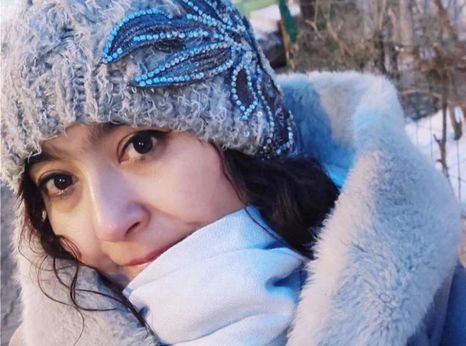Uyghur indicted for money transfer

Mahira Yakub worked at China Life Insurance Co. She also sold walnuts in local markets and taught Uyghur children Mandarin Chinese at night. After Mahira Yakub went missing in April 2019, her sister reached out to the Australian authorities for their help, where she is living. It was only in September 2019 that she learned, through communications between the Australian authorities and the Chinese embassy in Canberra, that Mahira Yakub had been arrested on 15 May 2019 on suspicion of financing terrorist activities and “prosecuted in July 2019 for allegedly financing terrorist activities and is currently in good health”.
Mahira Yakub’s parents are accused by the Chinese authorities of being “fleeing terrorists”, however they were able to visit China without incident in 2015 and 2016. They have not been targeted in any way by the Australian authorities for suspected criminal activities.
According to Mahira Yakub’s sister, Mahira Yakub transferred money to her parents in June and July 2013 to help them pay for a house in Australia. Mahira Yakub’s sister has kept the documentation, including the bank transfers receipts and confirmation of the purchase of the house. The Chinese authorities also claimed that Mahira Yakub possessed items, including 66 photos, promoting extremism. However, her sister believes that the photos were of herself, Mahira Yukub and their mother wearing a headscarf.
No reasons were provided for detention of Mahira Yakub in “transformation-through-education” facility from March to December 2018. It was unclear if this detention was related to her money transfers to her parents.
According to her sister, Mahira Yakub has not been able to engage a lawyer because she is a Uyghur. Amnesty International has documented cases in which members of ethnic minorities in Xinjiang had been unable to hire lawyers because the lawyers feared retaliation for representing them.
Xinjiang is one of the most ethnically diverse regions in China. More than half of the region’s population of 22 million people belong to mostly Turkic and predominantly Muslim ethnic groups, including Uyghurs (around 11.3 million), Kazakhs (around 1.6 million) and other populations whose languages, cultures and ways of life vary distinctly from those of the Han who are the majority in “interior” China.
In March 2017, the Xinjiang government enacted the “De-extremification Regulation” that identifies and prohibits a wide range of behaviours labelled “extremist”, such as “spreading extremist thought”, denigrating or refusing to watch public radio and TV programmes, wearing burkas, having an “abnormal” beard, resisting national policies, and publishing, downloading, storing, or reading articles, publications, or audio-visual materials containing “extremist content”. The regulation also set up a “responsibility system” for government cadres for “anti-extremism” work and established annual reviews of their performance.
It is estimated that up to a million Uyghurs, Kazakhs and other predominantly Muslim people have been held in the “transformation-through-education” centres. The Chinese authorities had denied the existence of such facilities until October 2018, when they began describing them as voluntary, free “vocational training” centres. They claim that the objective of this vocational training is to provide people with technical and vocational education to enable them to find jobs and become “useful” citizens. China’s explanation, however, contradicts reports of beatings, food deprivation and solitary confinement that have been collected from former detainees.
China has rejected calls from the international community, including Amnesty, to allow independent experts unrestricted access to Xinjiang. Instead, China has made efforts to silence criticism by inviting delegations from different countries to visit Xinjiang for carefully orchestrated and closely monitored tours.